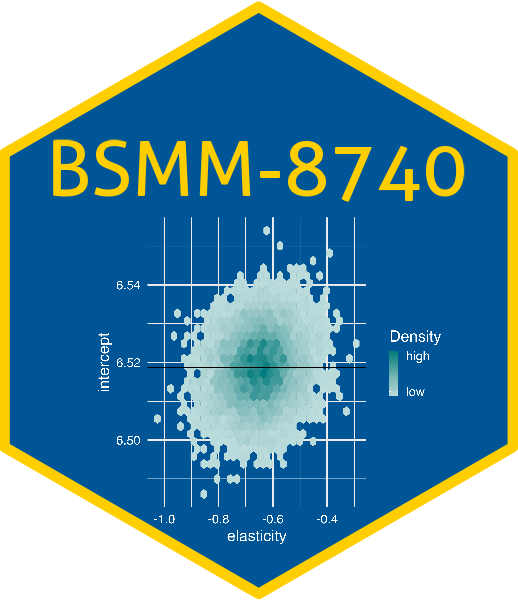Standardized Mean Differences (SMD)
Standardized Mean Differences (SMD) are used in propensity score analysis to assess the balance of covariates between treatment and control groups. They provide a way to measure how similar the groups are in terms of observed characteristics, which is crucial for ensuring valid causal inference in observational studies.
Definition and Purpose:
Standardized Mean Difference:
- Standardized Mean Difference: a measure of effect size, used to compare the difference in means of a covariate between two groups (e.g., treatment and control groups) relative to the standard deviation of that covariate.
- Purpose: SMD is used to assess the balance of covariates in observational studies. Unlike p-values, SMD is not influenced by sample size, making it a more reliable measure of balance.
Calculation
where:
- is the mean of the covariate in the treatment group
- is the mean of the covariate in the non-treatment (control) group
- is the pooled standard deviation of the covariate across both groups.
The pooled standard deviation is calculated as
where
- and are the sample sizes of the treatment and control groups, respectively.
- and are the standard deviations of the covariate in the treatment and control groups, respectively.
Interpretation:
- SMD = 0: Perfect balance. The covariate has the same mean in both groups.
- SMD < 0.1: Generally considered a small and acceptable difference.
- SMD ≥ 0.1: Indicates a meaningful imbalance in the covariate between the groups. The threshold for what constitutes a “meaningful” imbalance can vary by context.
Usage in Propensity Score Analysis:
- Before Matching: Calculate SMD for each covariate to assess initial imbalances between treatment and control groups.
- After Matching: Recalculate SMDs to ensure that the propensity score matching has adequately balanced the covariates. The goal is to achieve SMDs below a certain threshold (commonly 0.1).
Advantages:
- Not Sample Size Dependent: Unlike statistical significance tests, SMD is not influenced by the size of the sample, making it particularly useful in large datasets.
- Easy Comparison: Provides a straightforward way to compare balance across multiple covariates.
